Fluke 114 vs 115 Comparison Guide(2022)
There are a variety of multimeter options available to consumers in the market when you are going for the first time and selecting a fluke multimeter because it has a great reputation and has been in business for more than 50 years. The difficulty you may be experiencing is that there are multiple Fluke multimeters available and you don’t know exactly what you need, but you have to pick from a few options.
Table of Contents
Are you in a hurry?
See the best deals on this post’s #1 pick right here.
Comparison Table Fluke 114 vs 115
The main difference between Fluke 114 and 115 are summarised in the table below:
| Features | Fluke 114 | Fluke 115 |
|---|---|---|
| Item Weight | 10.6 ounces | 1.21 pounds |
| Usage | Basic Electrical | Field Service |
| AC/DC Amps | No | Yes |
| Frequency | No | Yes |
| Diode Testing | No | Yes |
| Temperature | No | No |
| Capacitance | No | Yes |
| Ghost Voltage Detection | Yes | No |
| Non-Contact Voltage Detect | No | No |
| Product Dimensions | 10.7 x 6.3 x 3.7 inches | 6.57 x 1.82 x 3.31 inches |
| Price | Check Price | Check Price |
Fluke 114 Electrician’s Multimeter:
The Fluke 114 Electrician’s Multimeter Compact True RMS is an excellent choice for regular troubleshooting, and it’s designed for easy one-handed control, making it especially beneficial for beginners. Its safety rating is CAT III 600 V, and its AutoVolt functionality automatically switches between measuring AC and DC voltage.
The Fluke 114 includes a bright backlit display and good built-in quality, allowing it to measure numerous Alternate Current (AC) outputs accurately. This multimeter has a long battery life and is suitable for electricians and general use. It may be utilized for a variety of tasks, including automobile repair and fire alarm troubleshooting.
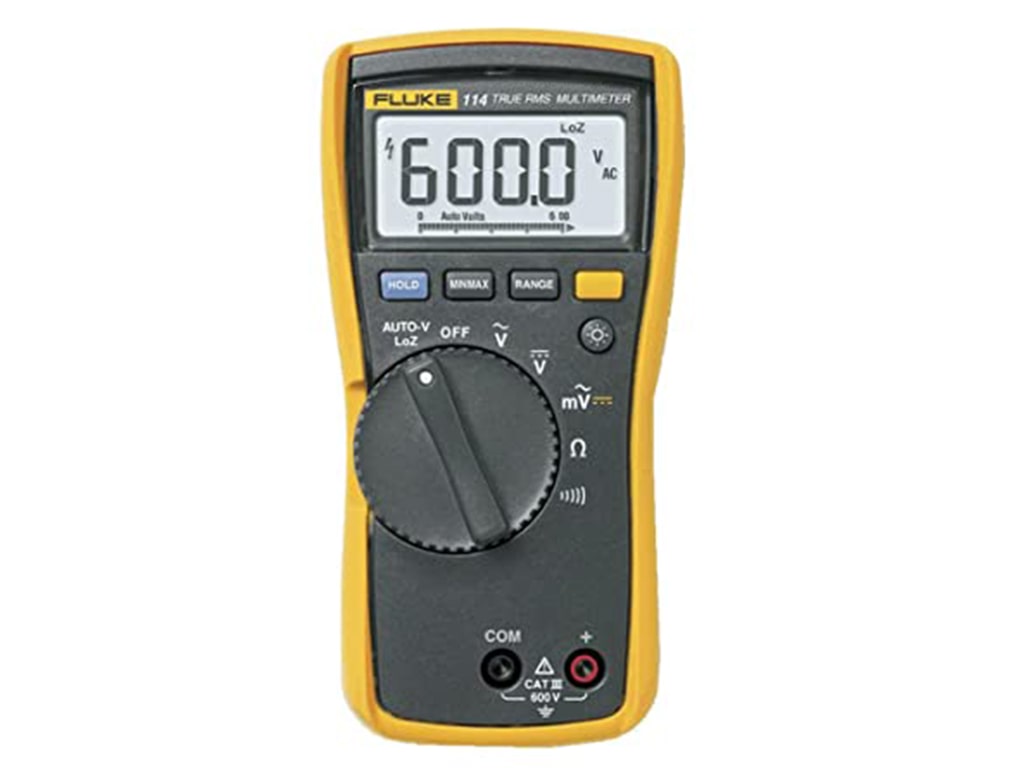
The Fluke 114 has a handy feature called “Autovolt.” It means that the multimeter detects whether it is measuring AC or DC voltage without the user having to do anything. It does not measure current, capacitance, or test diodes, so it is not suitable for people that work with electronics.
Included Box Inside:
- Fluke 114 multimeter
- Rubber holster
- 9V battery
- Test leads
- User manual
Key Features:
Fluke’s 114 Compact True RMS Digital Electrical Multimeter is designed and engineered for electricians. Let’s move to some of its key features:
Weight:
550 gm OR 1.21 pounds.
Size LxWxH:
167 x 84 x 46 mm (6.57 x 3.31 x 1.82 in)
Safety:
Rated CAT III 600 V.
Material:
This multimeter Plastic ANN vinyl body.
Temperature:
The operating temperature is -10°C to + 50°C.
Display:
Digital display 6,000 counts, updates 4 per second, and Auto power off.
Battery:
Battery life is approximately 400 hours without using the backlight, and battery type 9 volt Alkaline.
Warranty:
Offers 3-year warranty.
PROS
- The display on this multimeter is large and white LED-backlit.
- This multimeter includes an automatic AC/DC Voltage selection.
- Keeps track of both continuity and resistance at the same time.
CONS
- Certain functionalities are not provided, including current, capacitance, and diode testing.
- Infrastructure may appear to be low-cost.
Fluke 115 Compact True-RMS Digital Multimeter
Fluke 115 Digital Multimeter for Field Service Technicians with True RMS. This multimeter is ideal for general purpose electrical and electronic testing due to its easy operations. An amazing display with True RMS voltage and current readings with 600 count resolution, continuity, and capacitance, making it ideal for instant verifications and field service use. CAT III 600V safety rating.
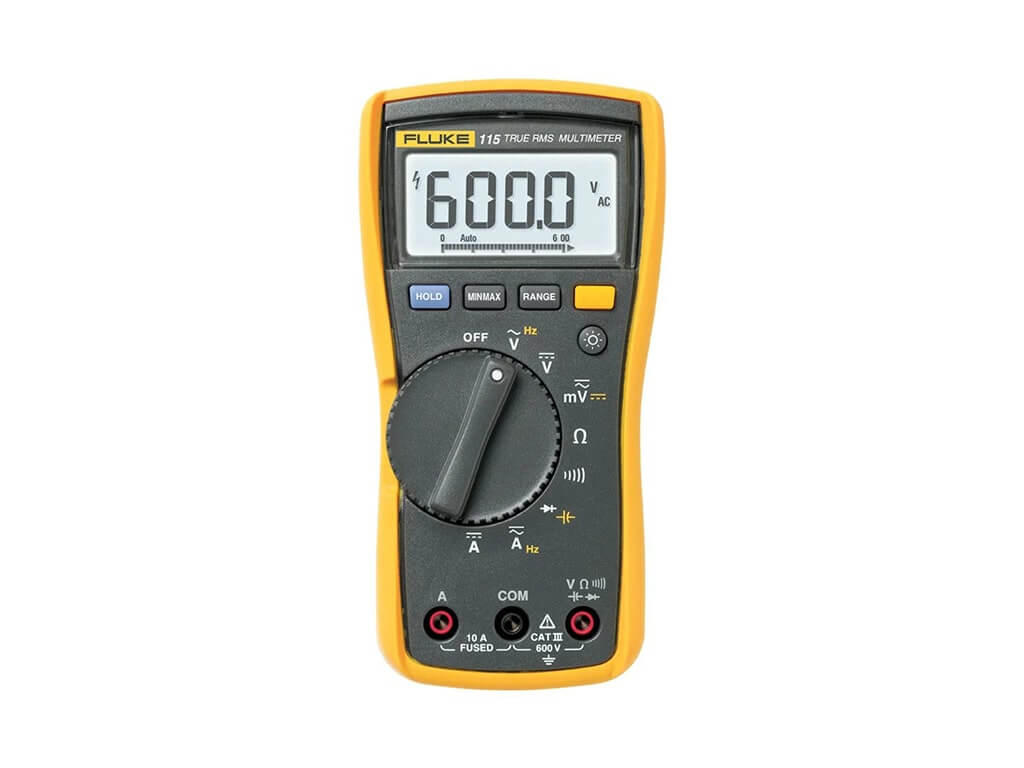
You may use this to test frequency, continuity, and capacitance, as well as diode testing. As a result, you can do all of your work with this multimeter. Moreover, the fluke 115 multimeter has an operating temperature range of -10 to 50 degrees Celsius, allowing it to be utilized in both extreme cold and extreme heat conditions.
Included Box Inside:
- Fluke 115 multimeter
- Holster
- 9-volt battery (installed)
- 4mm silicone test lead set
- User manual
Key Features:
The Fluke 115 True-RMS technicians digital multimeter is a compact meter developed for field service technicians that may also be used for electrical and electronic testing. Let’s move to some of its key features:
Weight:
1.21 pounds OR 550 gm.
Size LxWxH:
167 x 84 x 46 mm (6.57 x 3.31 x 1.82 in)
Material:
This multimeter plastic body.
Battery:
Battery life is approximately 400 hours without using the backlight, and battery type 9 volt Alkaline.
Display:
Digital display 6,000 counts and updates 4 per second.
Temperature:
The operating temperature is -10℃ to + 50℃ and Storage temperature is 40℃ to + 60℃
Safety:
Rated CAT III 600 V.
PROS
- Most importantly, you can check frequency, continuity, capacitance, and diode tests.
- This multimeter detects nonlinear loads precisely.
CONS
- This multimeter isn’t suitable for computer repairs, while it is accurate, but does not have microamps, which are essential for computer troubleshooting.
- This multimeter’s meter cannot be set to zero.
Conclusion:
Although these two multimeters have some similarities, they also have some differences. If you choose carefully, you will get the best one for your needs.
Here are some of the most important aspects of these multimeters in a sentence. If you’ve never used a multimeter previously, the Fluke 114 is a fantastic choice. It has straightforward functions. Because it is so simple to use, this multimeter is ideal for beginners. The Fluke 114 multimeter is AutoVolt (the ability of the meters to detect whether it is measuring AC or DC voltage) is important to you.
The Fluke 115 multimeter is always highly accurate, This multimeter may be used to measure frequency, capacitance, and perform diode tests. As a result, you can use this multimeter for anything. If you need to troubleshoot commercial or industrial equipment, the Fluke 115 gives the greatest quality in this price range.
Your final decision will be smart, and you will get a tool that will last for years and will make
your job easier.
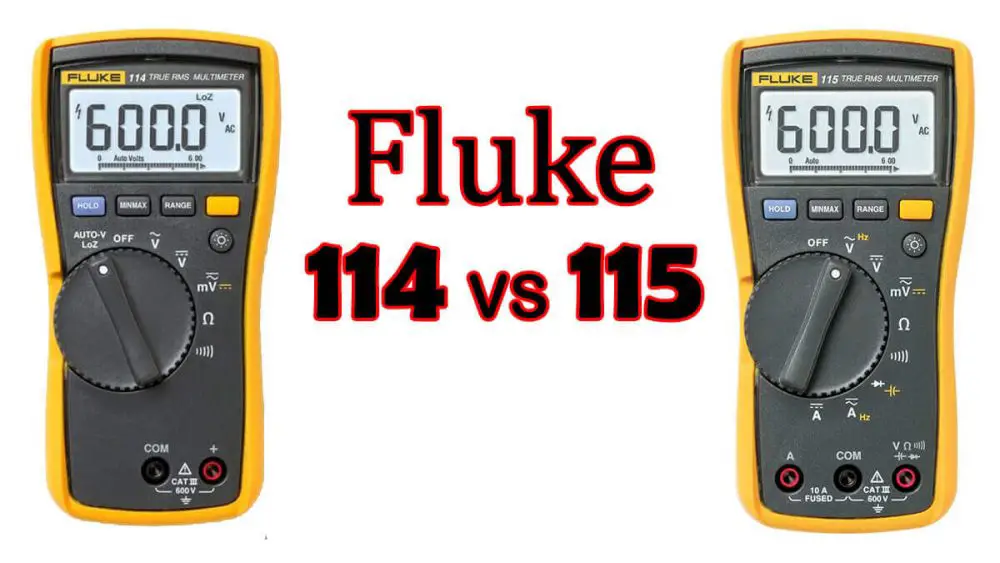

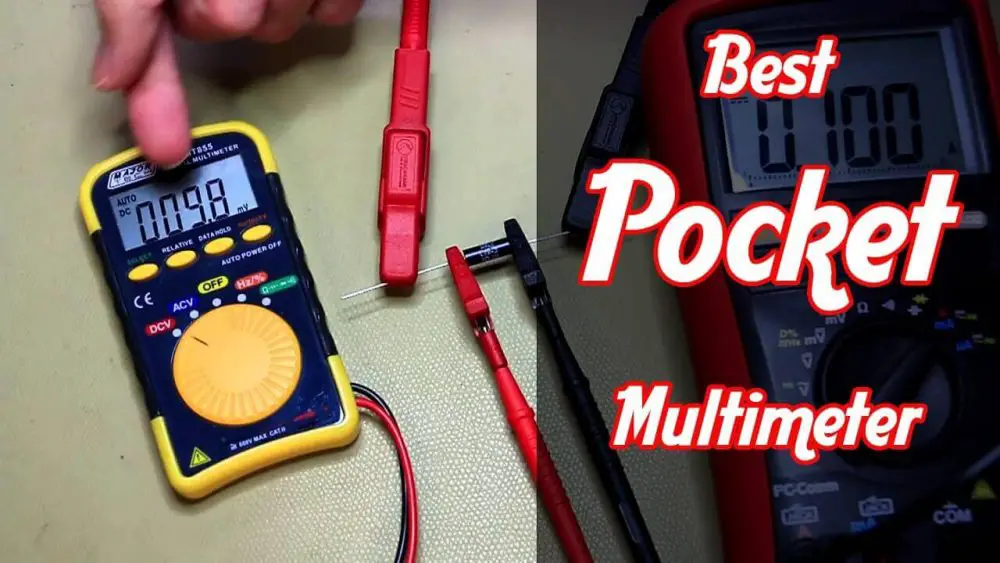
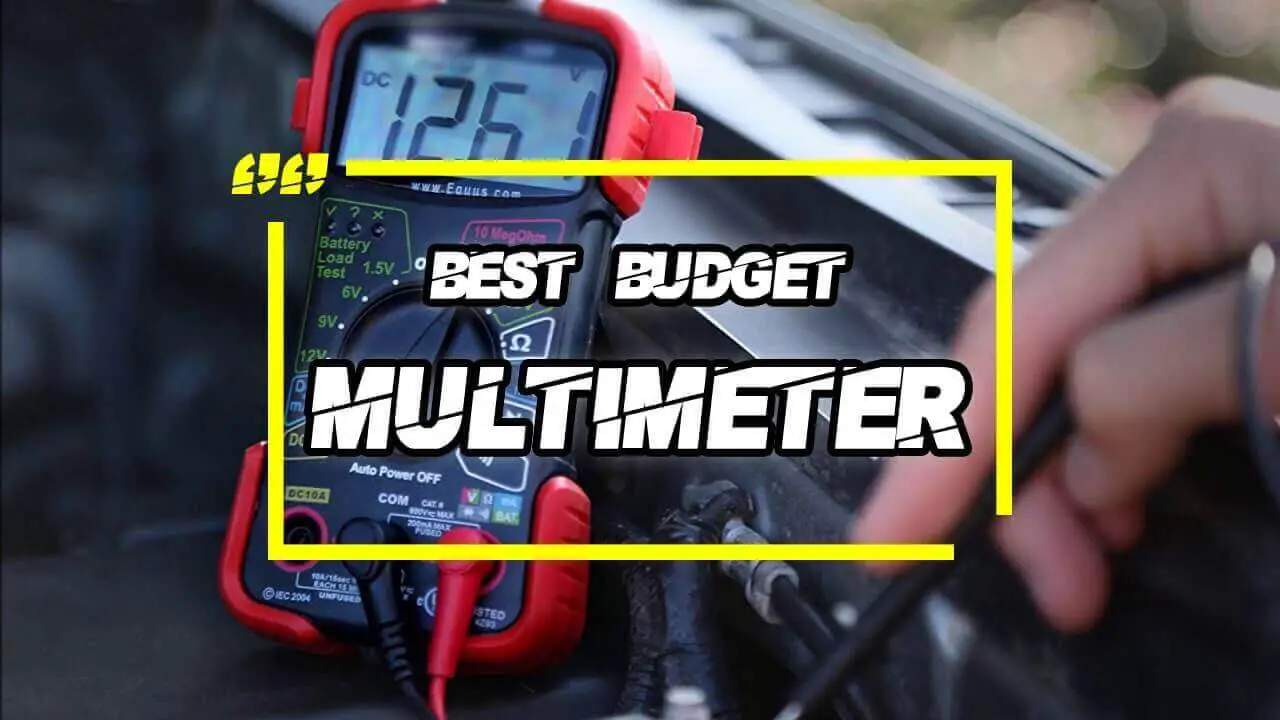
![10 Best multimeter for the money – Top Picks & Reviews [2022] best multimeter for the money](https://multimetertools.com/wp-content/uploads/2021/03/best-multimeter-for-the-money-1-1-1-1-1-1.jpg)